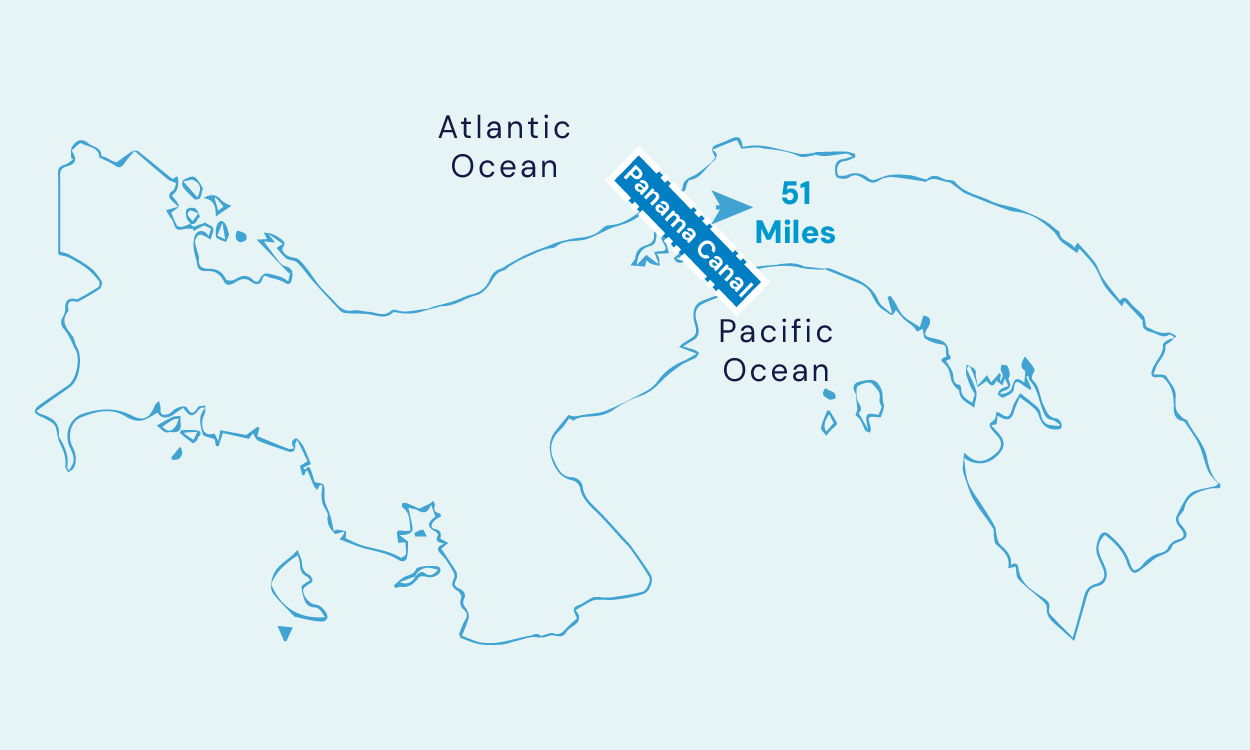
The Panama Canal: A Marvel of Engineering and Iteration
Background
The idea of creating a canal across the Isthmus of Panama dates back to the 16th century. Such a canal would provide a shortcut between the Atlantic and Pacific Oceans, eliminating the need for ships to navigate the treacherous Cape Horn route at the southern tip of South America.
Plan
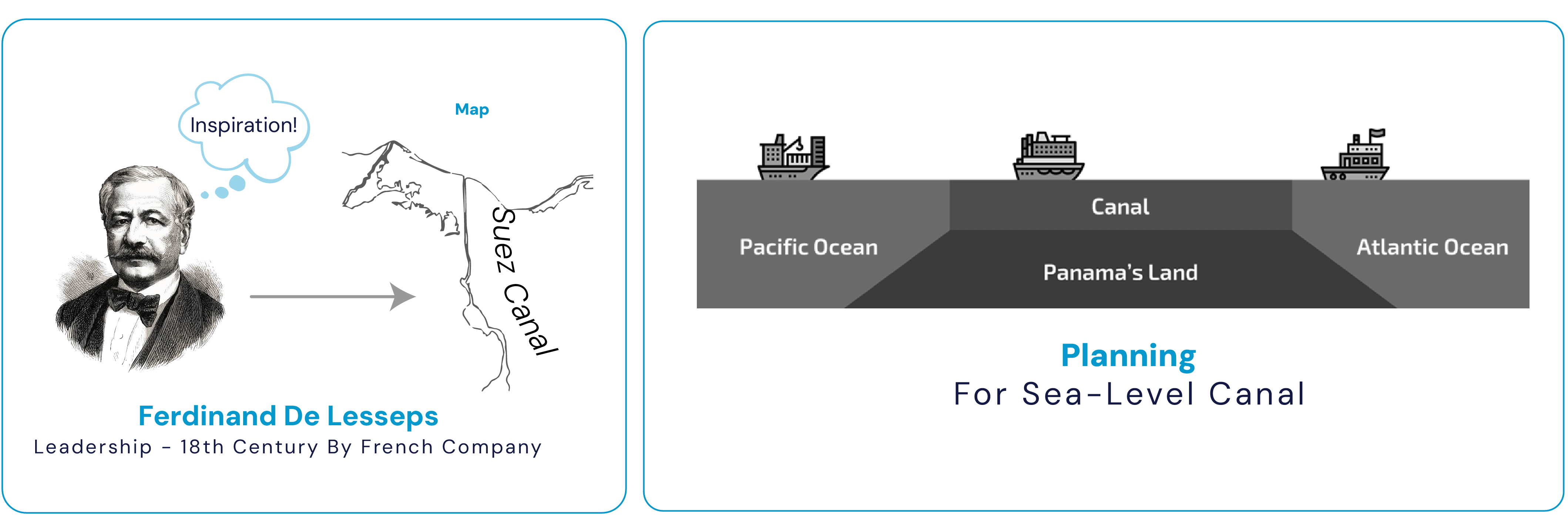
The French, inspired by their success with the Suez Canal in Egypt, took on the challenge in the late 18th century under the leadership of Ferdinand de Lesseps. The plan was to create a sea-level canal, similar to the Suez.
Do
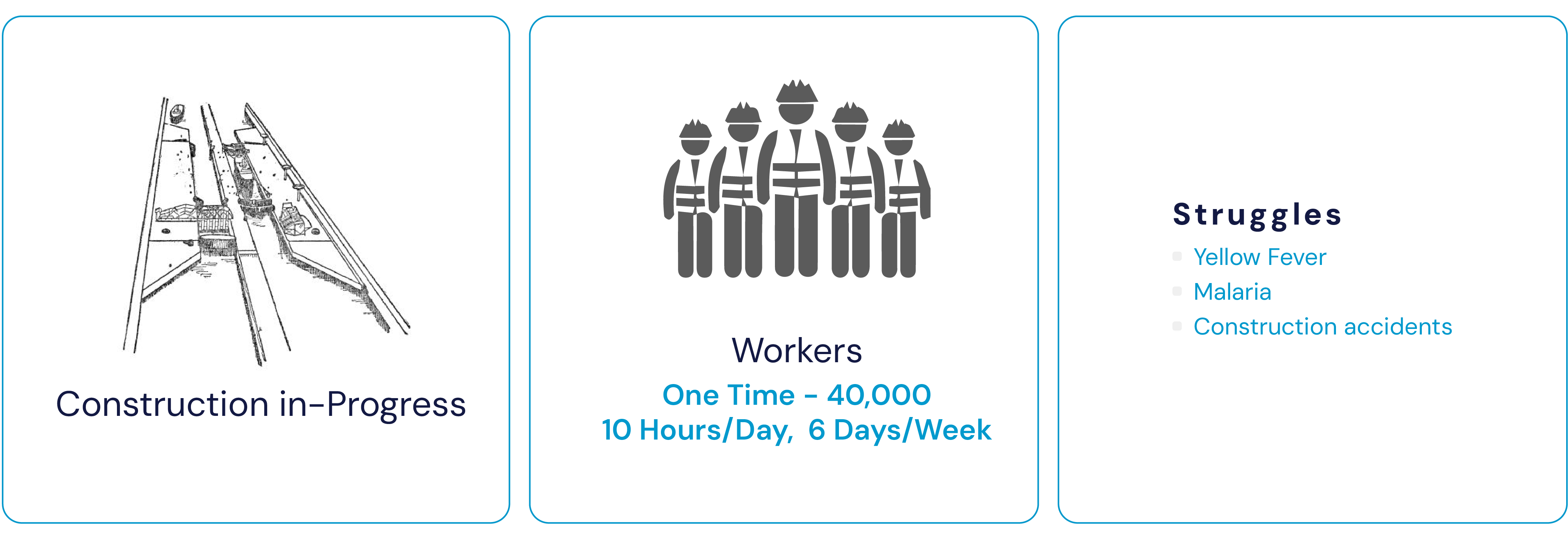
Construction began in 1881. However, the project was plagued with problems from the start. The tropical environment led to rampant diseases like malaria and yellow fever, which claimed thousands of lives. Additionally, the engineering challenges of a sea-level canal in such terrain proved far more difficult than anticipated.
Check
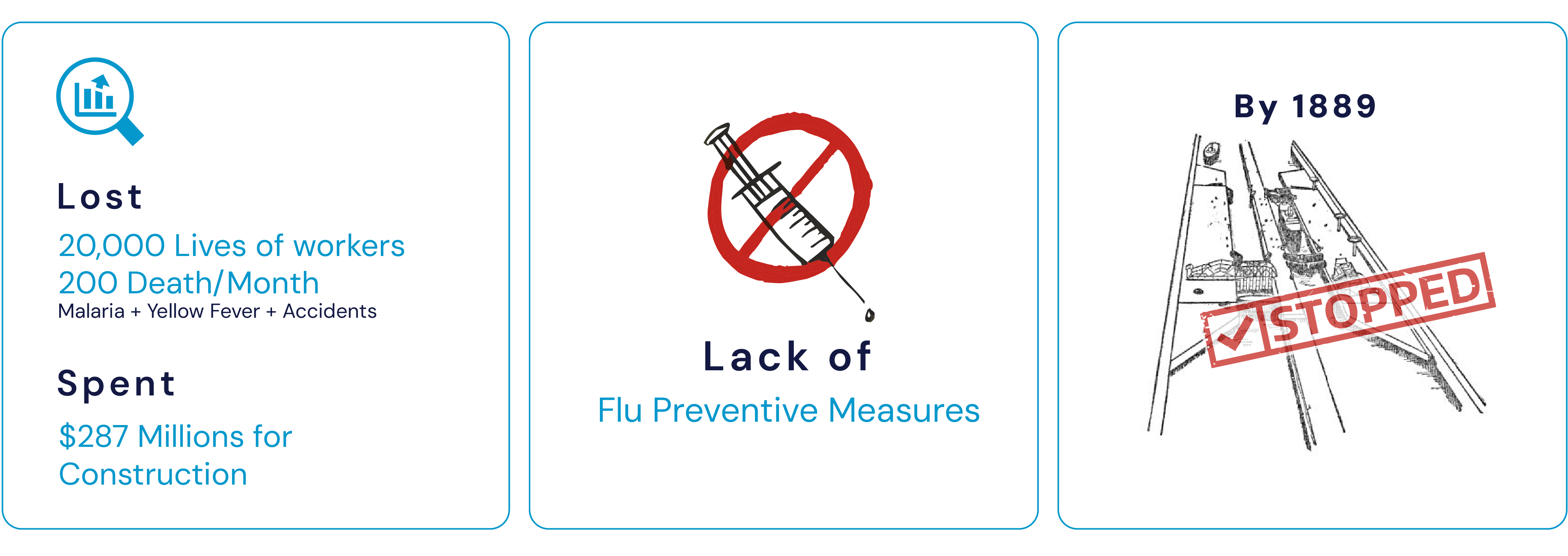
By 1889, after spending nearly $287 million and losing over 20,000 lives, it became clear that the current approach was not viable. The French project ended in failure, and the company went bankrupt.
Act

The United States took over the project in 1904. Instead of a sea-level canal, they decided on a lock-based system, which would raise and lower ships as they passed through the canal. This approach was more suitable for the terrain and geological challenges of the region. Moreover, Dr. William Gorgas implemented measures to control the spread of diseases, dramatically reducing worker mortality.
With these changes in place, the U.S. successfully completed the Panama Canal in 1914, forever altering global trade routes and showcasing the power of iterative problem-solving.
This story is a testament to the PDCA cycle’s importance. The initial plan, when executed (Do), revealed significant flaws during the Check phase. The Act phase involved a change in leadership, strategy, and technology, ultimately leading to the project’s success.


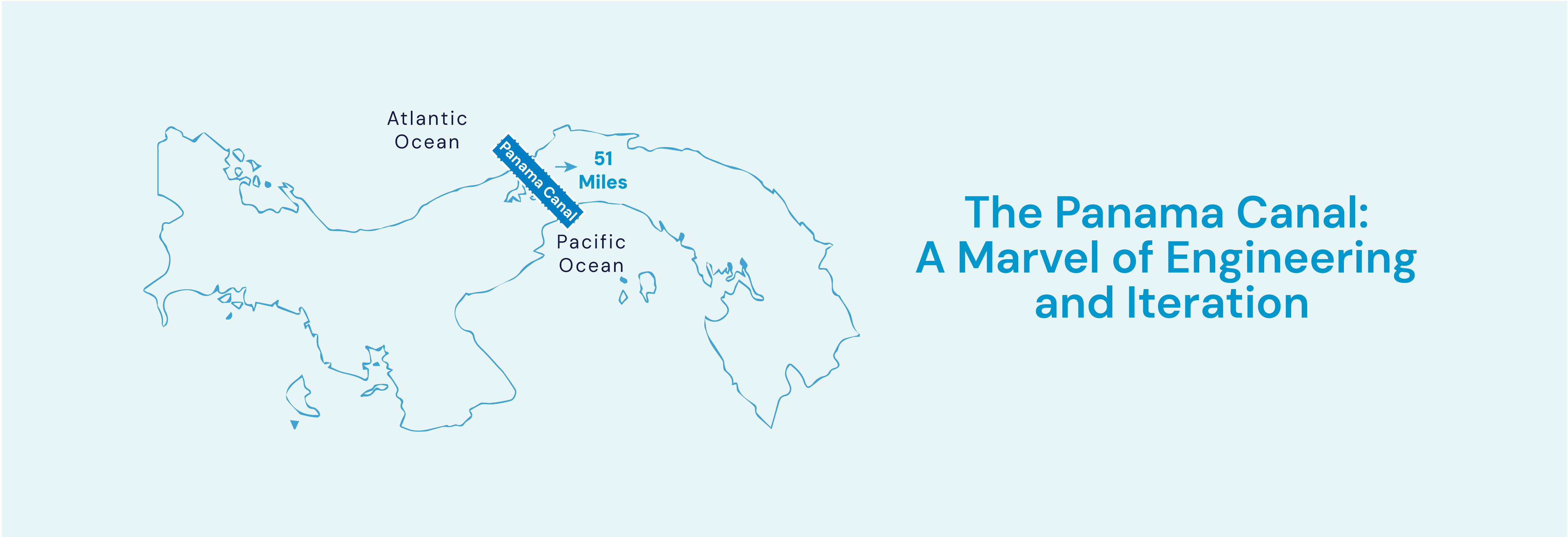
 December 27, 2023
December 27, 2023